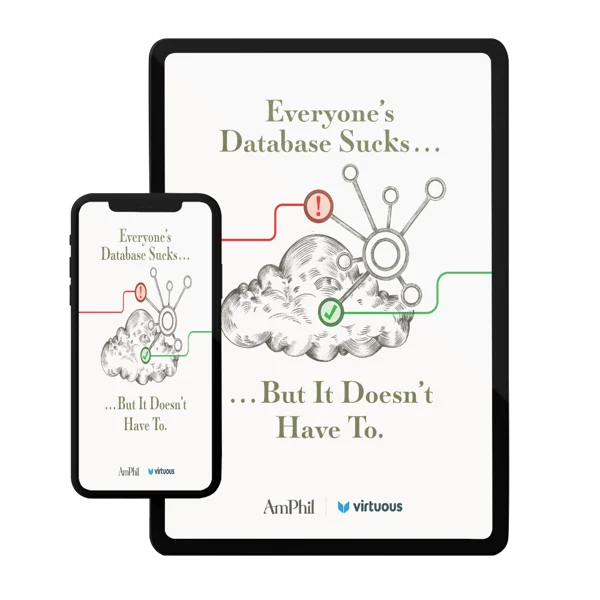
Your database is a garden. It’s ever-growing—new donors, new gifts, new opportunities—just like your grass, flowers, and weeds (especially the weeds). And it’s ever-changing as donors change addresses and gift levels and even pass away.
You shouldn’t just sit back and let your database grow untended. Just like your garden, your database needs to be pruned. Unnecessary or flawed data needs to be weeded out. Useful data should be kept orderly.
Your donor communications will only be effective if they’re based on accurate data.
Your database should be pleasant to use. If it’s a tangled, overgrown mess, your staff won’t want to spend time in it. And that’s a waste of a hugely valuable source of donor data. In fact, your donor communications will only be truly effective if they’re based on accurate, up-to-date data.
The moral of the story? Your database is never “done.” If you let your tech shovel and lawnmower accumulate dust in the garage, it’ll go to seed. You haven’t finished your database—you’ve abandoned it.
Enough catastrophizing! Here are four simple projects you can take on today to whip your database into shape. Any one of them will help make your data more accurate and more accessible.
1. Get Your Donors' Mailing Addresses Right
The return on time invested from this step is staggering because it’s so simple. Data processing firms have compiled their own databases, drawing on addresses used by utility companies and credit card companies.
All you have to do is extract a list of donors, including their addresses. Assign a unique record ID to save yourself time in uploading the results. Then, upload the file to a vendor’s website, and they’ll take it from there. The best part? You’ll get the results within 24 hours.
2. Track Down Donors' Email Addresses
Start by figuring out which donors have only a mailing address or an email address on file, then export that list. What do you know, a data processor can make your life easier once again. They’ll search for the missing mailing/email address, and you’ll only pay for the matches they find.
3. Use RFM Modeling to Sort Donors
A large donor pool is a fundraising blessing (obviously), but the size can make identifying promising major donor candidates difficult. You can implement RFM modeling all on your own to help figure out whom you should prioritize. Sort your donors by how Recently they’ve given, how Frequently, and how Much. The higher their RFM score, the more promising a prospect they are.
4. Wish Donors a Happy Birthday
Sending a donor a happy birthday card is a personal touch that will bring donors deeper into your organization and make them feel truly appreciated. In order to use this tool, you need to add birthdates to donors’ files. It’s worth taking the time to track them down.
You may have hoped that I’d tell you your database was a one-and-done. Quite the opposite: if you want to keep it in working order, you need to dedicate ongoing labor and cultivation to your database.
But I promise: it’s worth it. A well-functioning database is crucial to staying near, dear, and clear with your donors. Get started today with these four simple steps.


